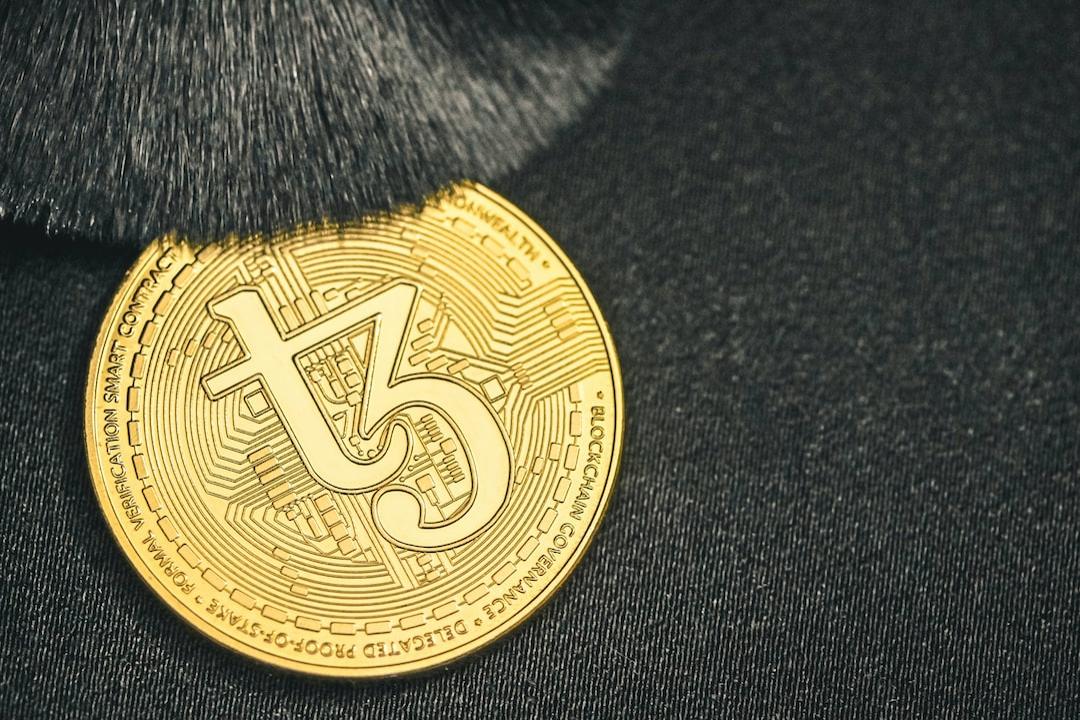Cardano (ADA) Regains Momentum
Cardano (ADA) has regained momentum after a brief lull, with the cryptocurrency pushing past the $0.70 level on growing enthusiasm around its latest technological developments. The network’s creator, Charles Hoskinson, recently unveiled a major upgrade that’s caught the attention of traders and analysts alike.
Introduction of Leios Protocol
This new update introduces a test version of the Leios protocol — a key part of Cardano’s 2025 roadmap — which aims to dramatically improve transaction speeds and scalability. What makes it stand out is the use of artificial intelligence: thousands of autonomous agents will simulate real-world trading and interaction to stress test the system.
Market Response
The news helped ADA bounce back from earlier losses, notching a 13% gain over the past two weeks. At the time of writing, the asset’s market value has climbed above $25 billion.
READ MORE:

Potential Growth of Cardano
If the Leios protocol delivers as promised, analysts suggest Cardano could double in size over time. Faster transactions would make it more competitive in areas like DeFi and gaming, while the AI integration reflects a broader trend across industries aiming to automate and optimize digital processes.
Market Trends
Meanwhile, market data shows that other cryptocurrencies with similar investor profiles could also benefit if ADA continues to rally. Litecoin (LTC), Avalanche (AVAX), and Shiba Inu (SHIB) have all shown strong price correlation with Cardano in recent weeks — a sign they might move in tandem should investor sentiment hold up.
Technical Analysis
From a technical standpoint, ADA is holding firm above key support levels and showing early signs of strength. Indicators like the MACD are flashing bullish signals, though the relatively low trading volume suggests investors are still cautious. A breakout toward $0.76 remains possible in the short term if the momentum continues.
Conclusion
Still, the big story here is Cardano’s effort to blend blockchain with AI in a practical way. If successful, it could mark a turning point not just for the network, but for how emerging technologies shape the future of decentralized platforms.

Alexander Stefanov




